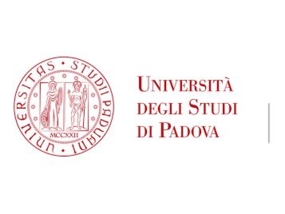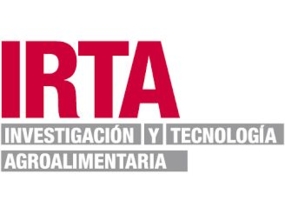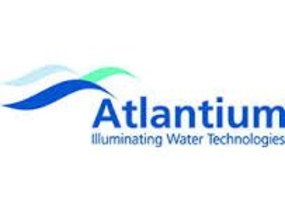VIVALDI-related articles published in 2021
Manuscript: NMR Metabolite Profiles of the Bivalve Mollusc Mytilus galloprovincialis Before and After Immune Stimulation With Vibrio splendidus (Riccardo Frizzo, Enrico Bortoletto, Tobia Riello, Luigi Leanza, Elisabetta Schievano, Paola Venier, Stefano Mammi )
Published in Metabolomics of Frontiers in Molecular Biosciences, 2021 DOI: https://doi.org/10.3389/fmolb.2021.686770
VIVALDI Partner involved: UNIPD
Metabolic homeostasis is fundamental in living organisms and the study of metabolite profile changes in health and disease integrate data from other ‘omics, advancing the characterization of bivalve diseases with multiple etiology and supporting the development of good practices in mollusk aquaculture.
Frizzo and coauthors proposed a rigorous application of 1H-NMR spectroscopy to expand the current knowledge on physiological and Vibrio-induced responses in Mytilus galloprovincialis. The resulting metabolite profiles, mostly focused on mussel hemolymph, suggest active osmoregulation and the restart of aerobic respiration in mussels which experienced functional anaerobiosis during transport as well as the relevance of protein turnover in mussels attempting to resist a productive Vibrio splendidus infection. These and other metabolomic data (see articles published by A. Alfaro, among other authors) can help establishing new biomarkers of condition in economically relevant mollusks.
...
Manuscript: Passive Samplers, a Powerful Tool to Detect Viruses and Bacteria in Marine Coastal Areas (Hubert Françoise, Wacrenier Candice, Morga Benjamin, Lozach Solen, Quenot Emmanuelle, Mège Mickaël, Lecadet Cyrielle, Gourmelon Michèle, Hervio-Heath Dominique, Le Guyader Françoise S.)
Published in Frontiers, 2021, DOI : https://doi.org/10.3389/fmicb.2021.631174
VIVALDI partner involved: IFREMER
The detection of viruses and bacteria which can pose a threat either to shellfish health or shellfish consumers remains difficult. Current detection methods, restricted to a few microorganisms, rely on point sampling of water, a method that gives a snapshot of the microorganisms present at the time of sampling. In order to obtain better representativeness of the presence of these microorganisms over time, we have developed passive sampling using the adsorption capacities of polymer membranes. We demonstrated that these new passive samplers coupled to molecular detection are a powerful new method for the detection of natural and anthropic viruses and bacteria in coastal environments. This first application of passive sampling is particularly promising in terms of early detection of viruses and bacteria, to mitigate contamination in oyster farming areas, and to improve our knowledge of the life cycle and diversity of the viruses in seawater.
...
Manuscript: Use of anionic polymer-coated magnetic beads to pre-concentrate Ostreid Herpesvirus 1 from seawater: application to UV disinfection treatment.
(Anna Toldrà, Karl B. Andree, Ana Roque, Assaf Lowenthal, Ytzhak Rozenberg, M. Dolors Furones, Mònica Campàs)
Published in Aquaculture, 2021, DOI : https://doi.org/10.1016/j.aquaculture.2021.736452
VIVALDI partners involved: IRTA, ATLANTIUM
Ostreid Herpesvirus 1 (OsHV-1) represents a serious threat to shellfish aquaculture worldwide. To minimise its impact, early warning systems able to detect the virus in seawater prior to infection of oysters are of utmost importance. However, monitoring OsHV-1 in seawater is challenging because of its presence at very low concentrations. Thus, a rapid and simple method to pre-concentrate the virus is needed to enable detection. Herein, magnetic beads (MBs) coated with an anionic polymer were used to pre-concentrate OsHV-1 from biological matrices including oyster homogenate and seawater samples. Following virus capture, OsHV-1 DNA detection was performed by quantitative PCR (qPCR). The MB-based approach combined with qPCR attained a limit of detection (LOD) as low as 0.1 viral copy/μL, which was 100 times lower than that of the qPCR alone. This approach was applied to the analysis of OsHV-1 in seawater from an Enhanced Hydro-Optic UV (HOD-UV) disinfection experiment operating at a UV dose of 1360 J/m2 in an open flow system. Our approach enabled detection of the virus in non-treated seawater and not in UV-treated seawater, discrimination that was not possible using qPCR alone. Moreover, thestrategy provided data on the pattern of kinetics of the release of the virus in seawater. The approach could find applications in shellfish hatcheries and depuration plants to ensure biosecurity requirements.





